The Quality of Life and Perceived Level of Stress among Mothers of Children with Congenital Heart Disease, in Sri Lanka
Introduction: Congenital Heart Disease (CHD) is the most common among all
congenital defects, with Asia reporting the highest prevalence. The experience of
having a child with CHD can induce stress levels and significantly compromise
the quality of life (QOL) of the parents.
Objective: To determine the quality of life and perceived level of stress among
mothers of children with congenital heart diseases, in Sri Lanka.
Methodology: A descriptive cross-sectional study was conducted among
randomly selected 75 mothers who sought treatment for a child with CHD at the
cardiology clinic of Lady Ridgeway Hospital for Children, Sri Lanka. The QOL
was measured using the Brief Version of the World Health Organization Quality
of Life (WHOQOL-BREF) scale, while the level of stress was measured using
the Perceived Stress Scale (PSS). Data were analysed using both descriptive and
inferential statistics via IBM SPSS version 25. Ethical approval was obtained
from the Ethics Review Committee of KIU (KIU/ERC/19/42).
Results: Among the participants, most of the mothers were Sinhalese (n=64,
85%) and Buddhists (n=55, 73%). Nearly half of the respondents (n=39,
52%) had education up to senior secondary level (G.C.E. O/L). Most of the
participants were married (n=66, 88%) and unemployed (n=43, 57%). Only
29% (n=22) reported their QOL was at a good level, and 41% (n=31) were
neither satisfied nor dissatisfied with their general health. Also, 67% of them
(n=50) experienced moderate perceived stress. Further, the physical health
domain (p≤0.001), psychological domain (p=0.004), social relationship domain
(p≤0.001) and environment domain (p=0.001) of QOL were significantly
associated with perceived stress levels.
Conclusion: Most mothers of children with CHD exhibited poor QOL and
experienced high levels of perceived stress. Perceived stress demonstrates a
significant association with physical, psychological, social relationships, and
environmental QOL domains. In that context, interventions aimed at enhancing
QOL and mitigating stress levels should be implemented for mothers of children
with CHD.
Keywords
Children
,
Congenital heart diseases
,
Mothers
,
Perceived stress
,
Quality of life



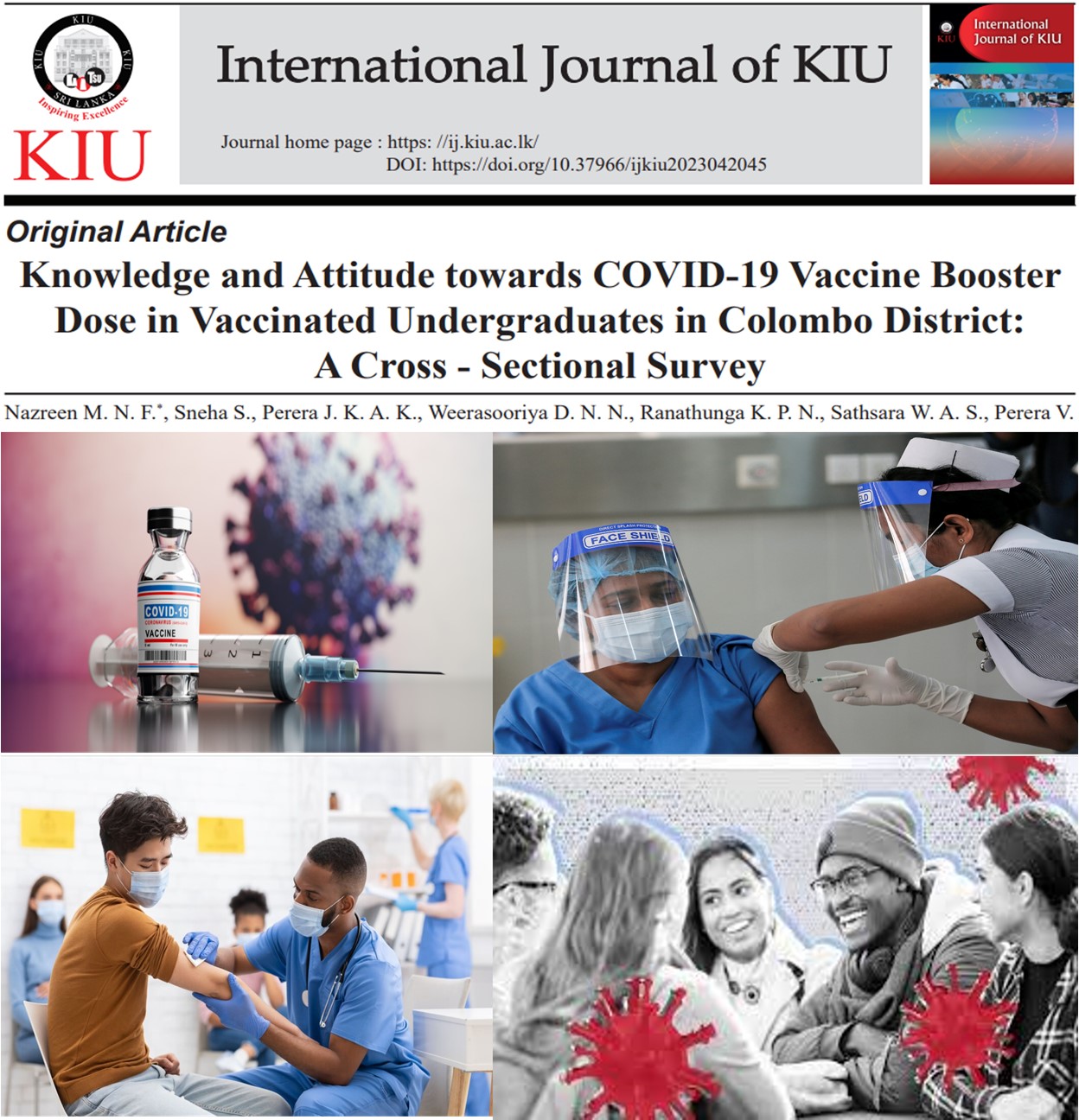
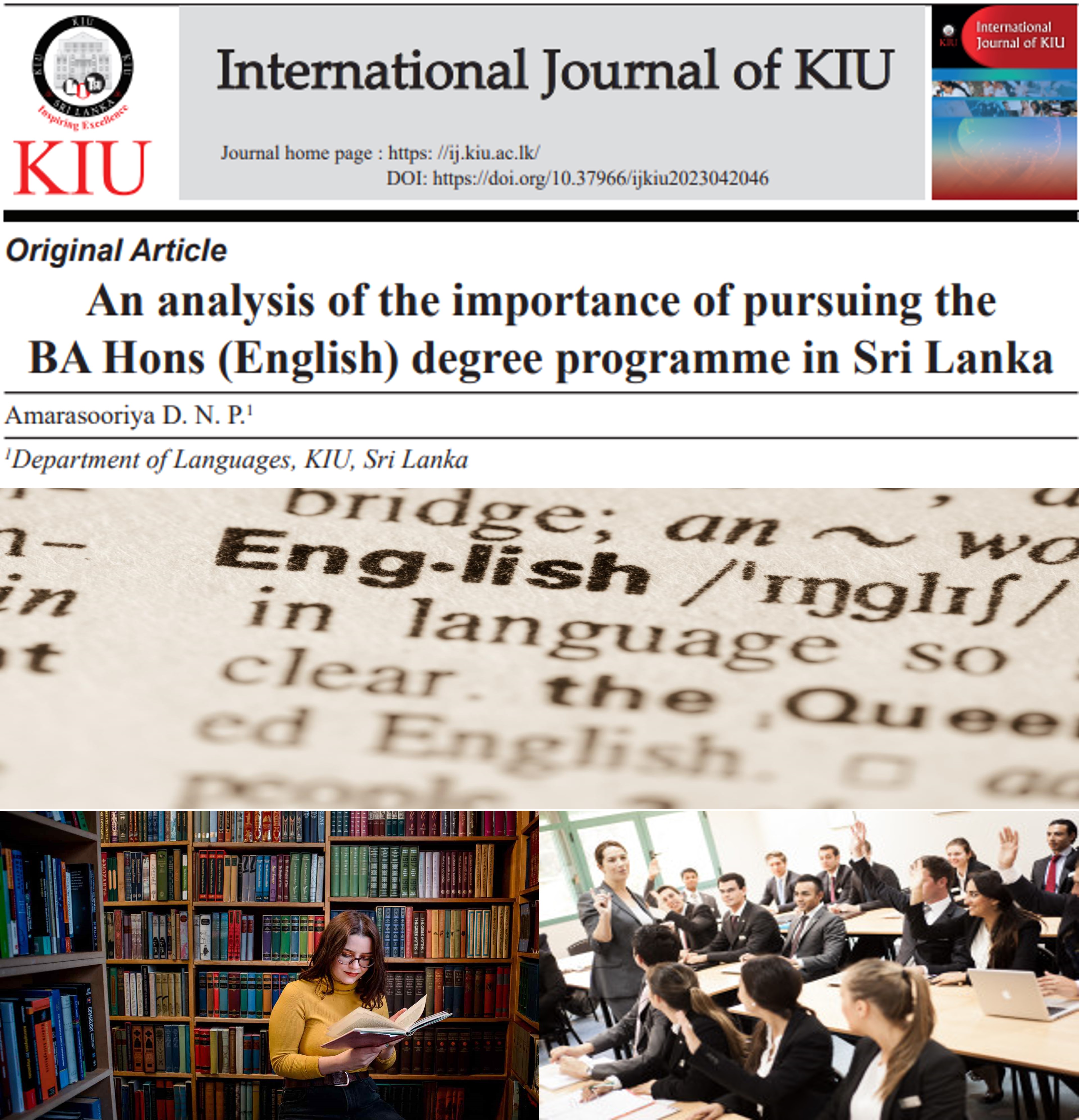
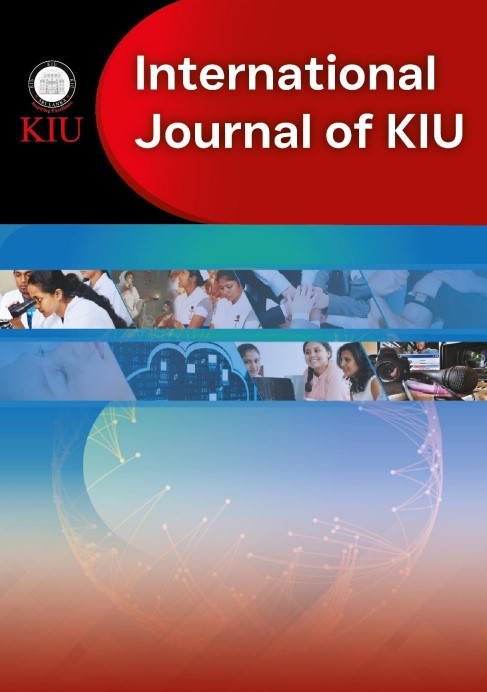
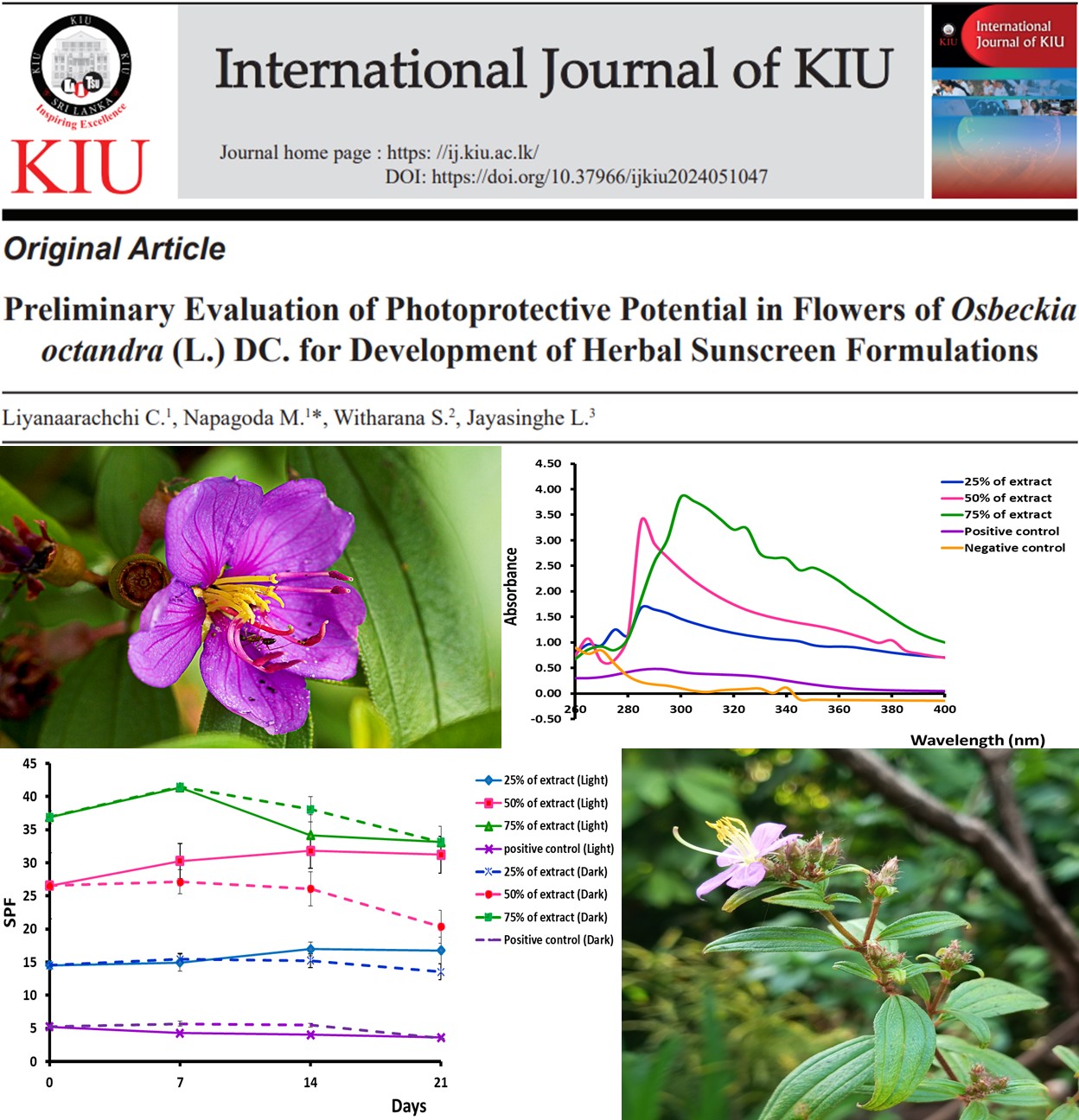
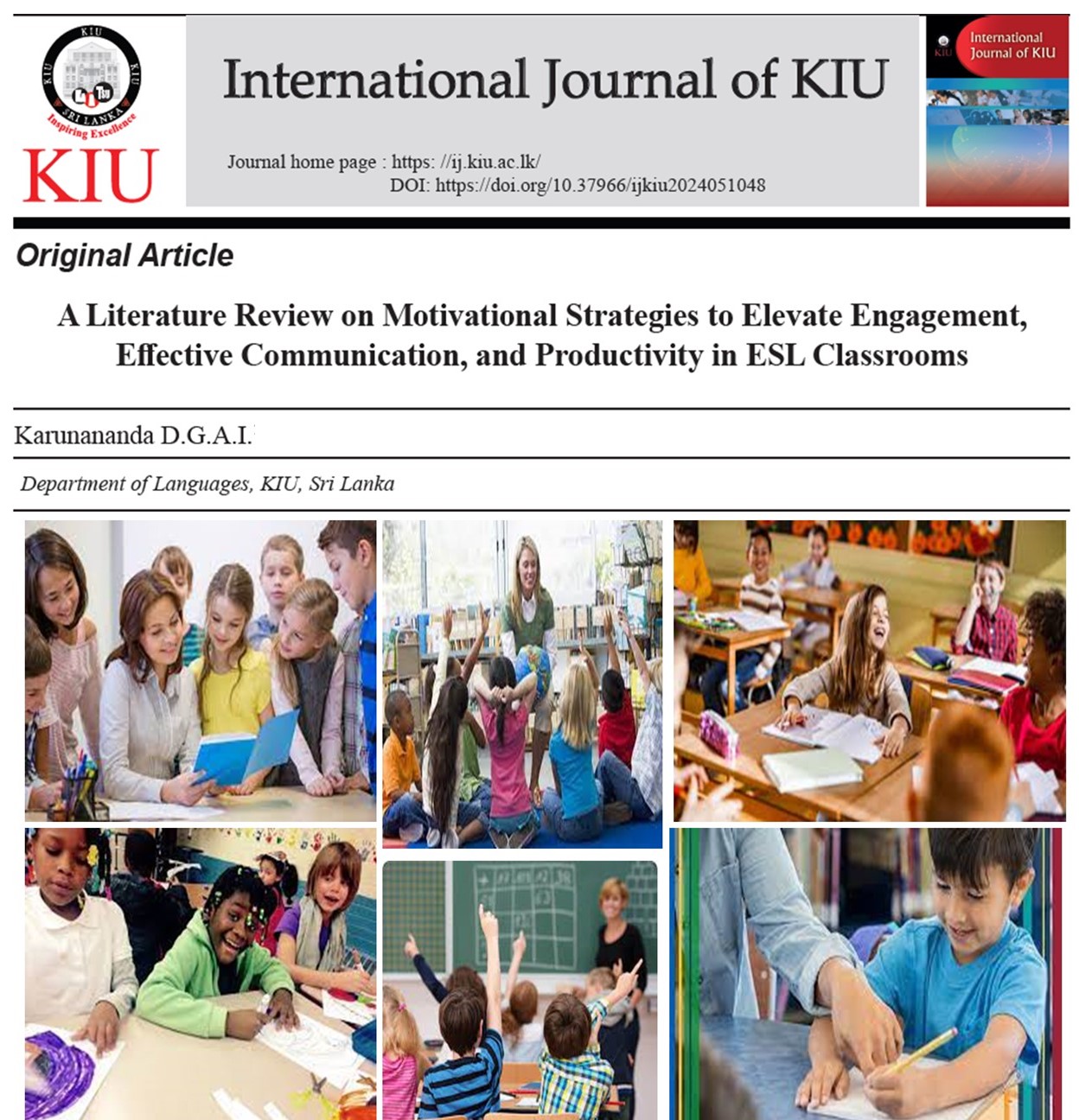
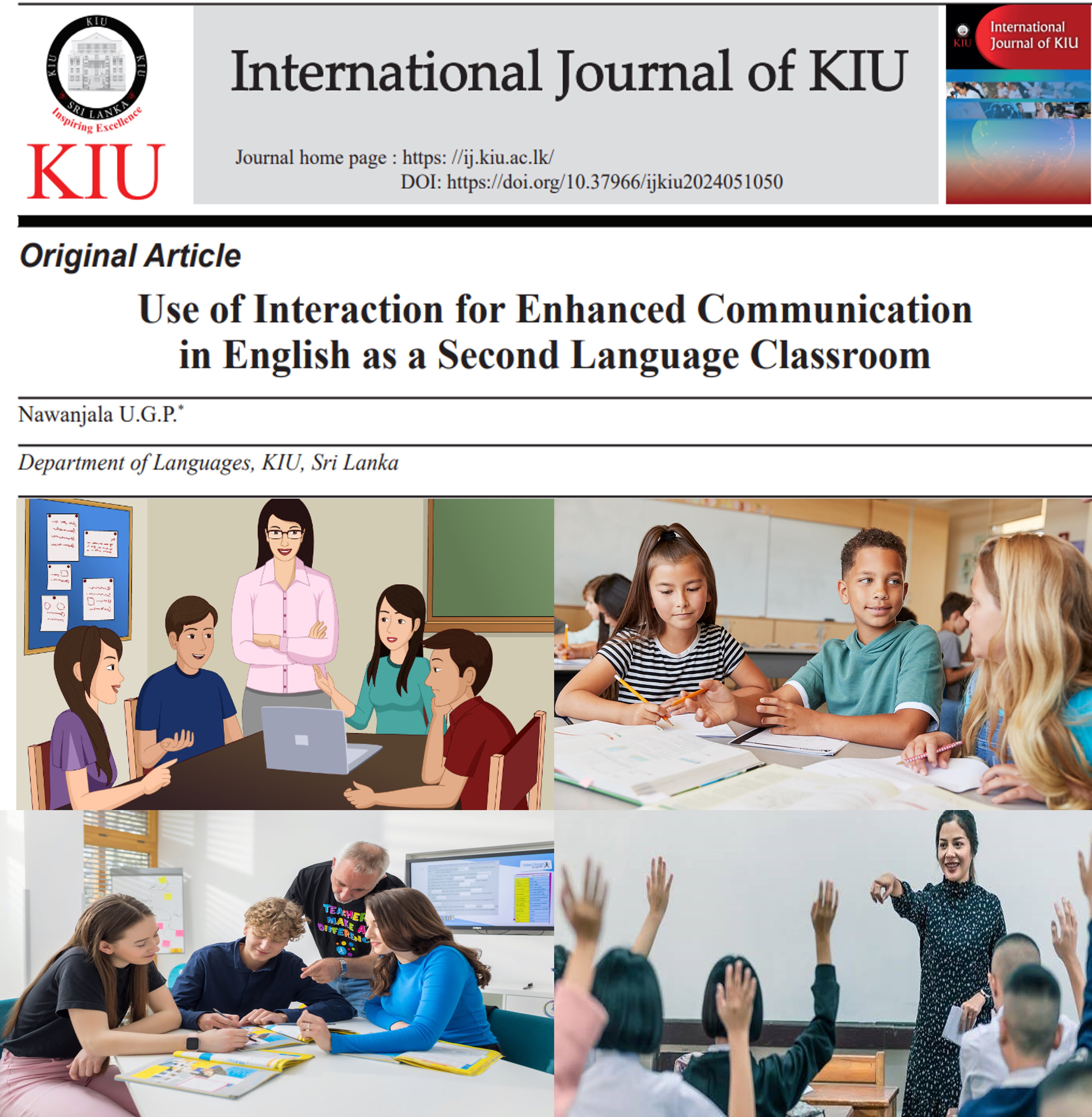
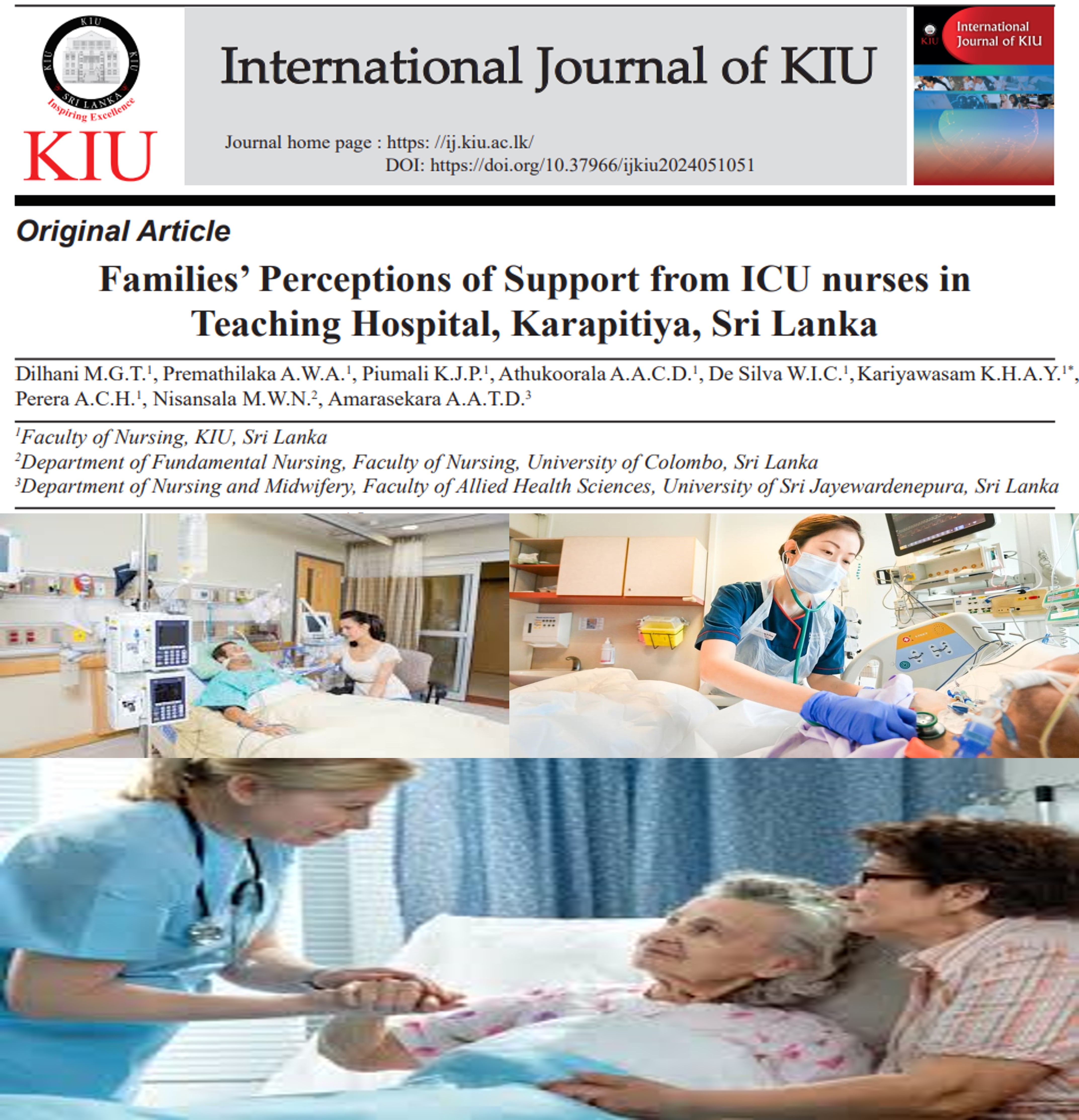
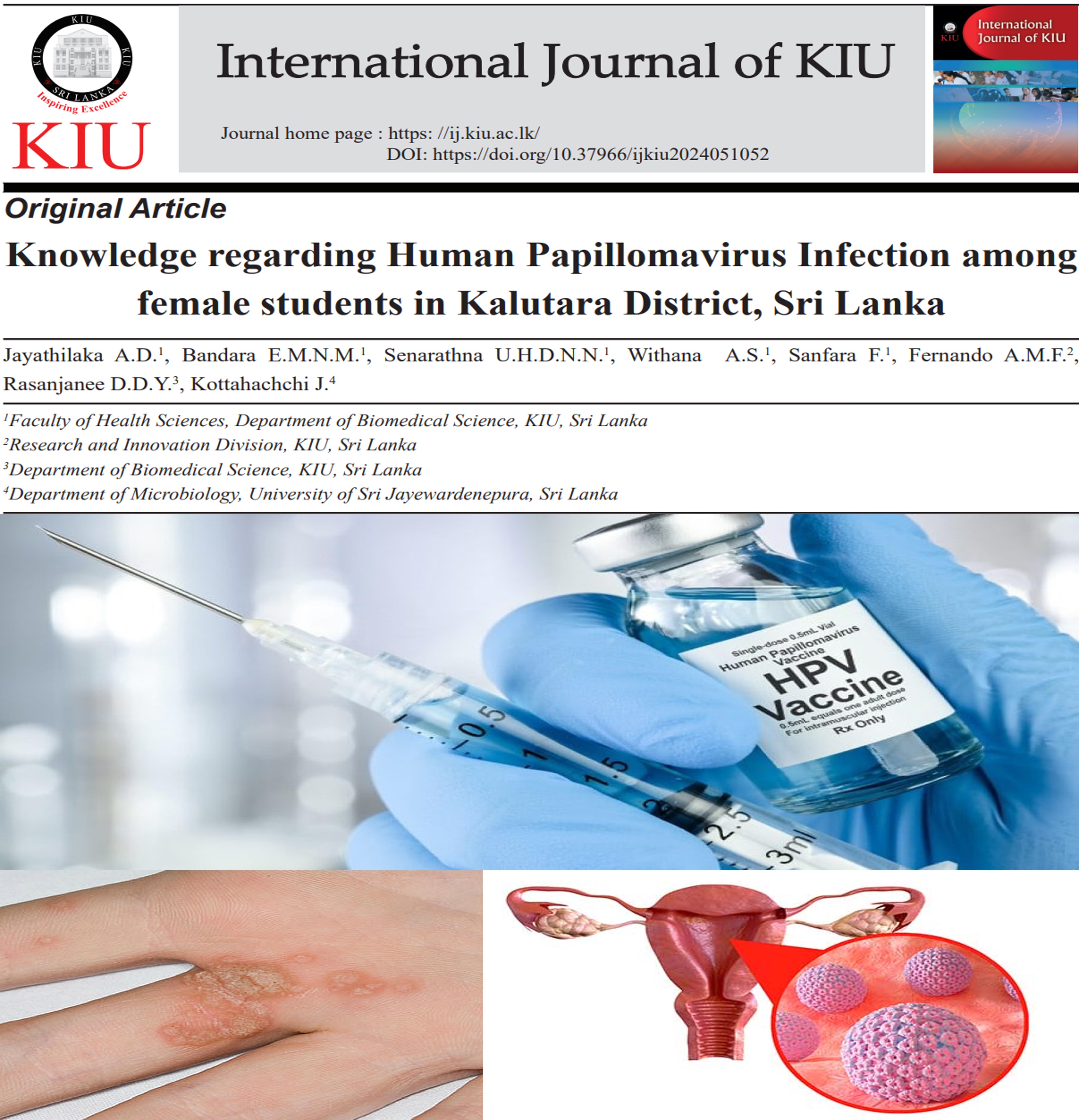
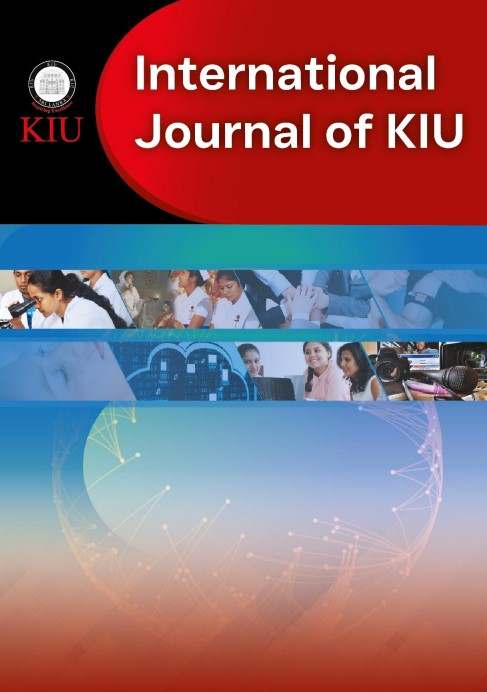
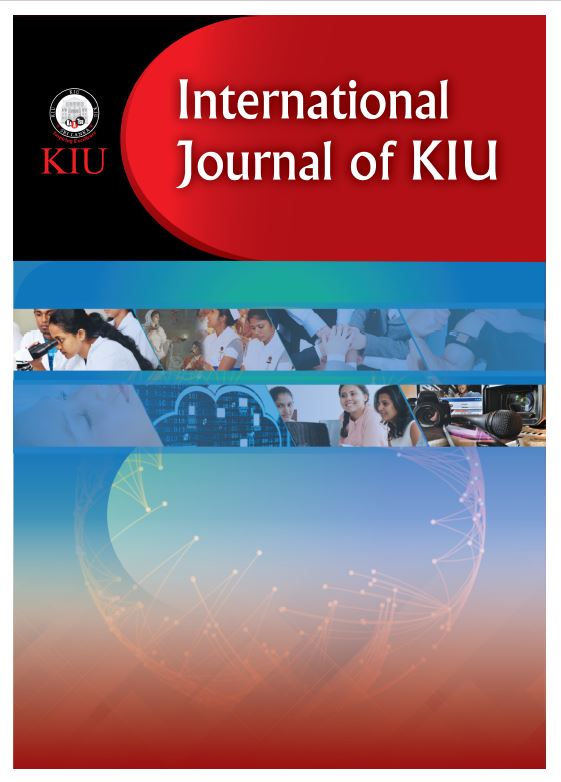
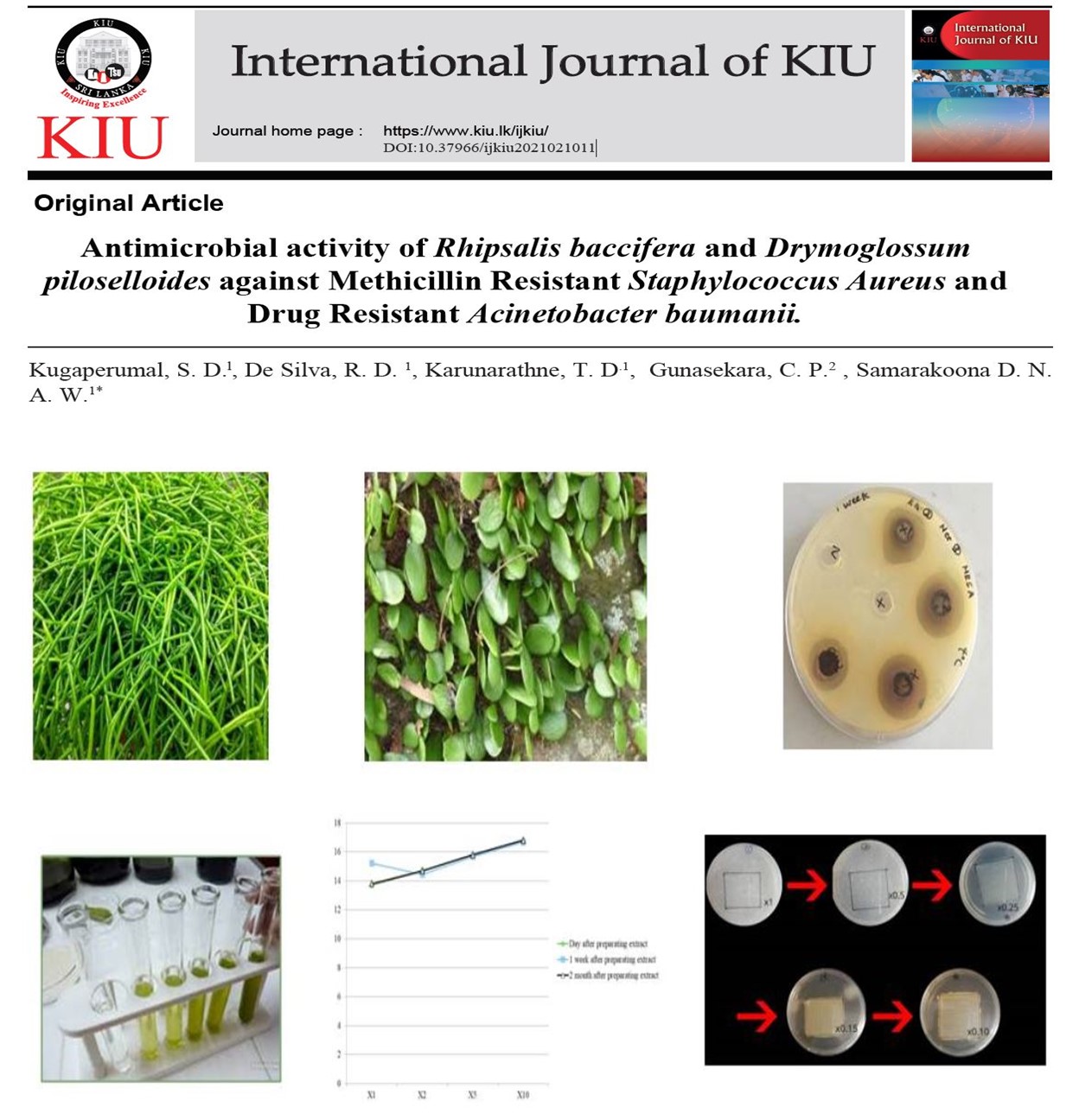
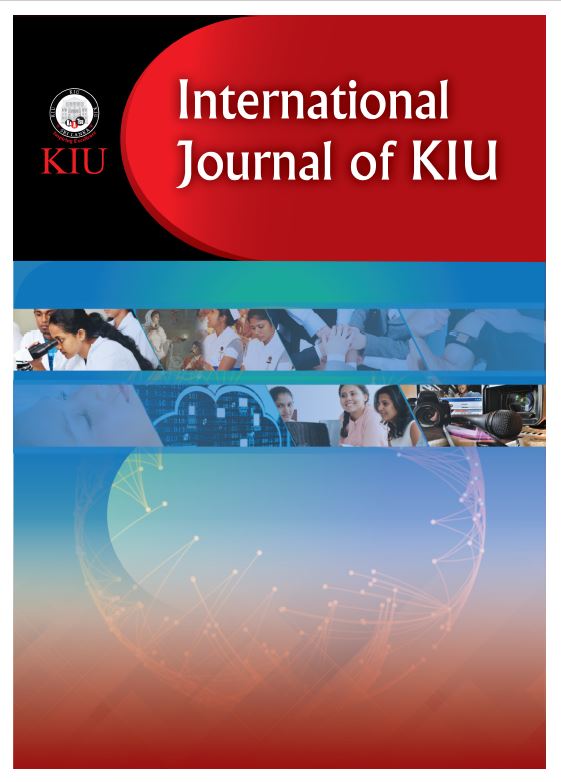
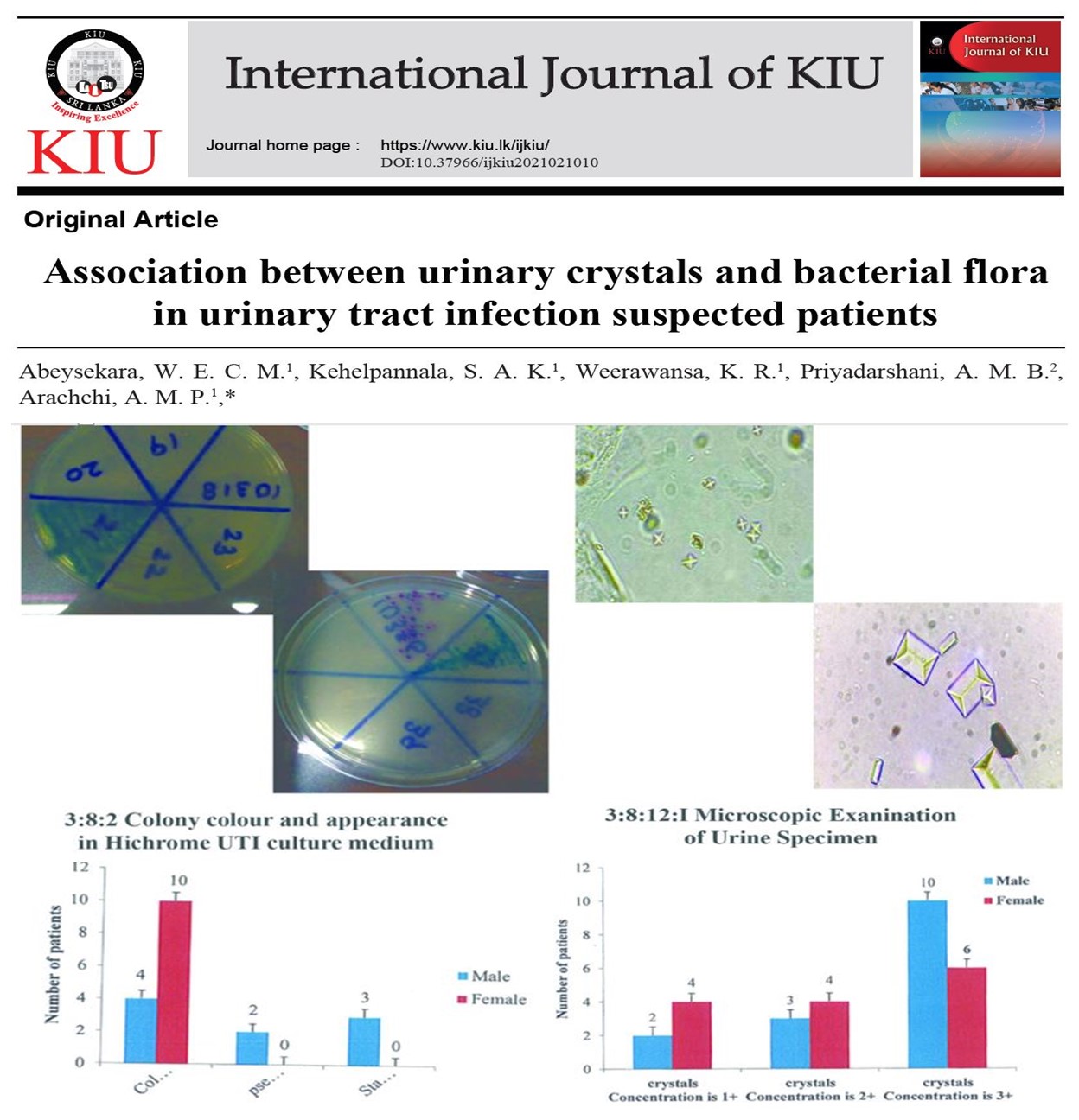


Related Articles